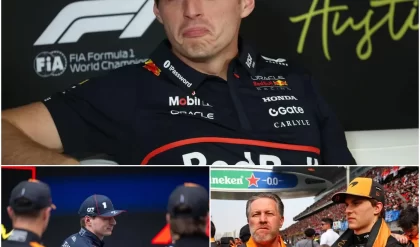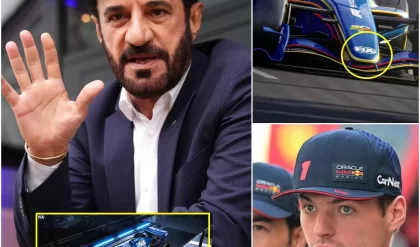Formula 1 is about to enter a new era. Next season will mark a turning point in the sport’s history with the introduction of revolutionary engine regulations. Although the mechanical heart of the cars will remain the iconic V6 turbo hybrid, the electric component will be enhanced, and the mandatory use of synthetic and sustainable fuels will be introduced.

At first glance, this FIA decision seems like a step toward a greener, more responsible, and technologically advanced future. However, the path to this transformation has been far from smooth. While many fans dream of the nostalgic roar of the V8s and V10s of the past, real storms have erupted in the paddock… and not just out of romanticism.
The green promises that worry the automotive giants
When the FIA announced the new rules, the initial reception was positive: big names like Ford, Audi, Cadillac, and Honda were quick to announce their entry—or return—to Formula 1. The appeal of a championship committed to sustainability seemed irresistible.
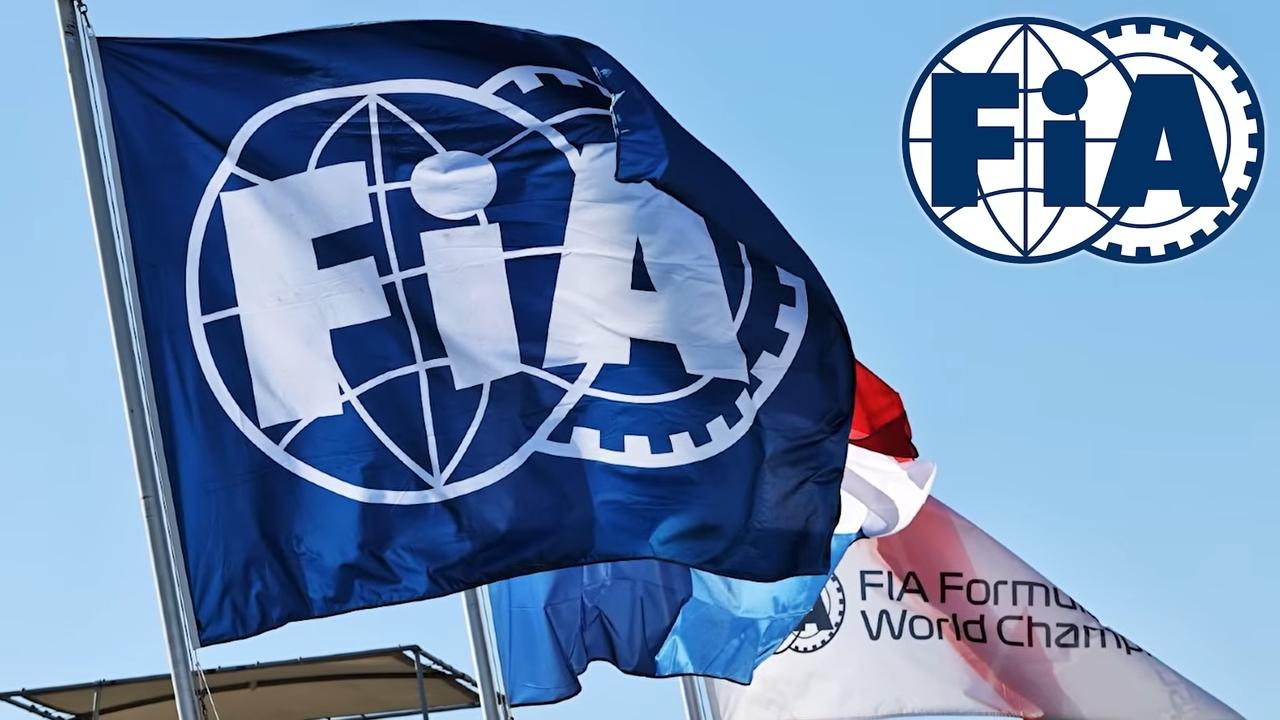
But as development of the new engines began, technical and financial problems began to emerge like dominoes falling one after another. The demands of the new, much more complex electrical system and the testing of synthetic fuels placed an enormous burden on manufacturers. The engines not only had to be more sustainable, but also equally fast, reliable, and efficient, which proved to be a monumental challenge.
A broken rule before it even comes into effect?
As 2026 approached, doubts grew. Meetings between teams, the FIA, and manufacturers became increasingly tense. Was Formula 1 ready for this radical change? Or was a premature transition being forced, driven more by media and political pressure than by technical logic?
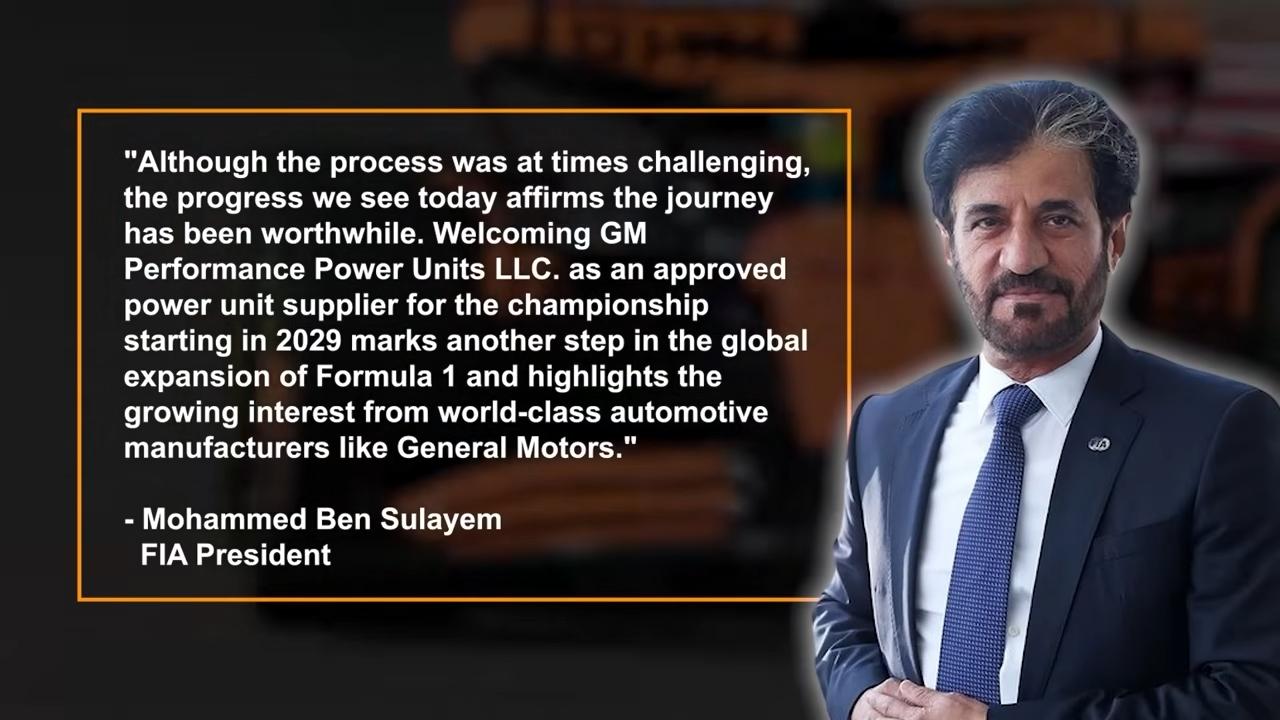
For months, rumors that the FIA might scrap the regulations before their debut filled the headlines. The pressure was such that even a moratorium or a return to a more traditional format was considered. Fans, for their part, didn’t seem too concerned: many would rather hear the thunder of a V10 than the electronic whispers of a modern hybrid unit.
The FIA makes a decision… right?
Finally, this week, the FIA confirmed that it will move forward with the new engine regulations . It’s a decision that charts a firm course, but also a risky gamble. While it seeks to attract new audiences with sustainable and futuristic values, the essence of F1—raw speed, sonic spectacle, and visceral emotion—could be diluted in a sea of technical complexities.
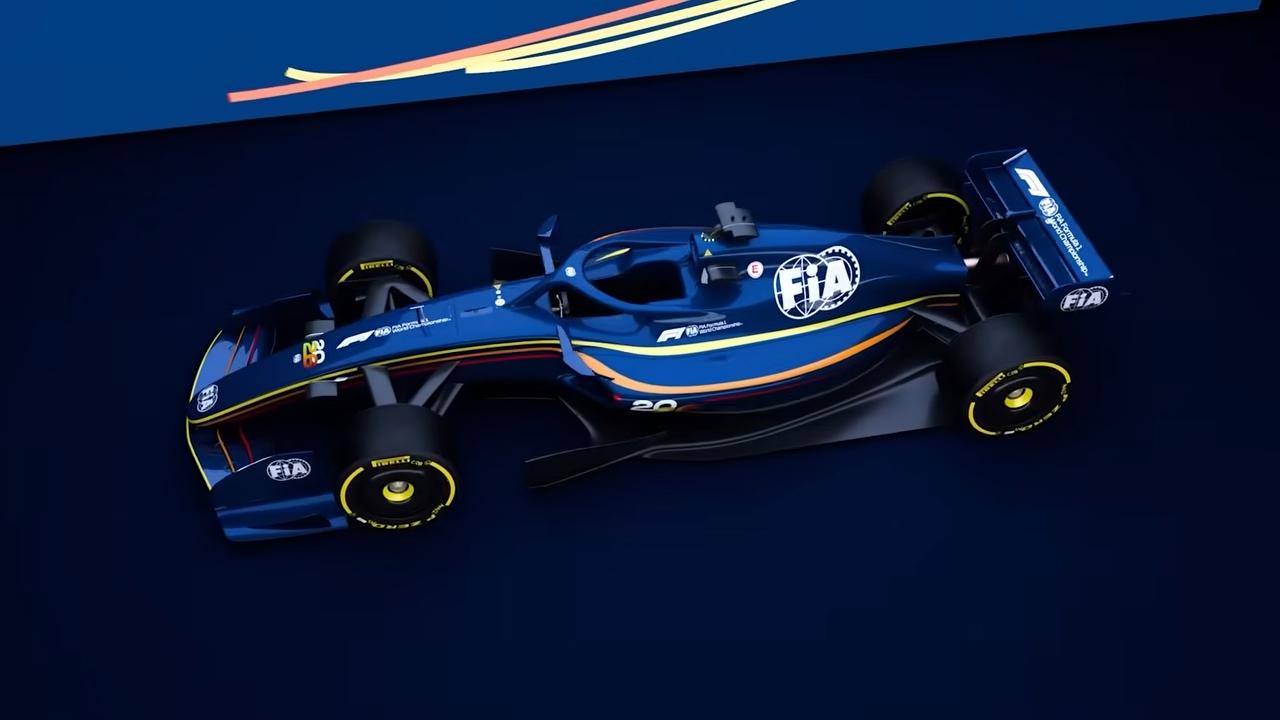
Manufacturers, though frustrated, won’t abandon ship. Ford and Audi have reaffirmed their commitment, while Honda—which had left F1 just a few years ago—is returning with renewed interest. The money already invested, and the opportunity to dominate a new technological era, outweigh the current problems.
Fiction or reality? F1 in its own cinematic script
From a cinematic perspective, this story has all the ingredients of a high-octane thriller: clashing industrial giants, political decisions, internal tensions, and a countdown to the unknown. Like a new installment of Rush or an episode of Drive to Survive , F1 is writing its own script… and the protagonists still don’t know whether it will end in glory or disaster.
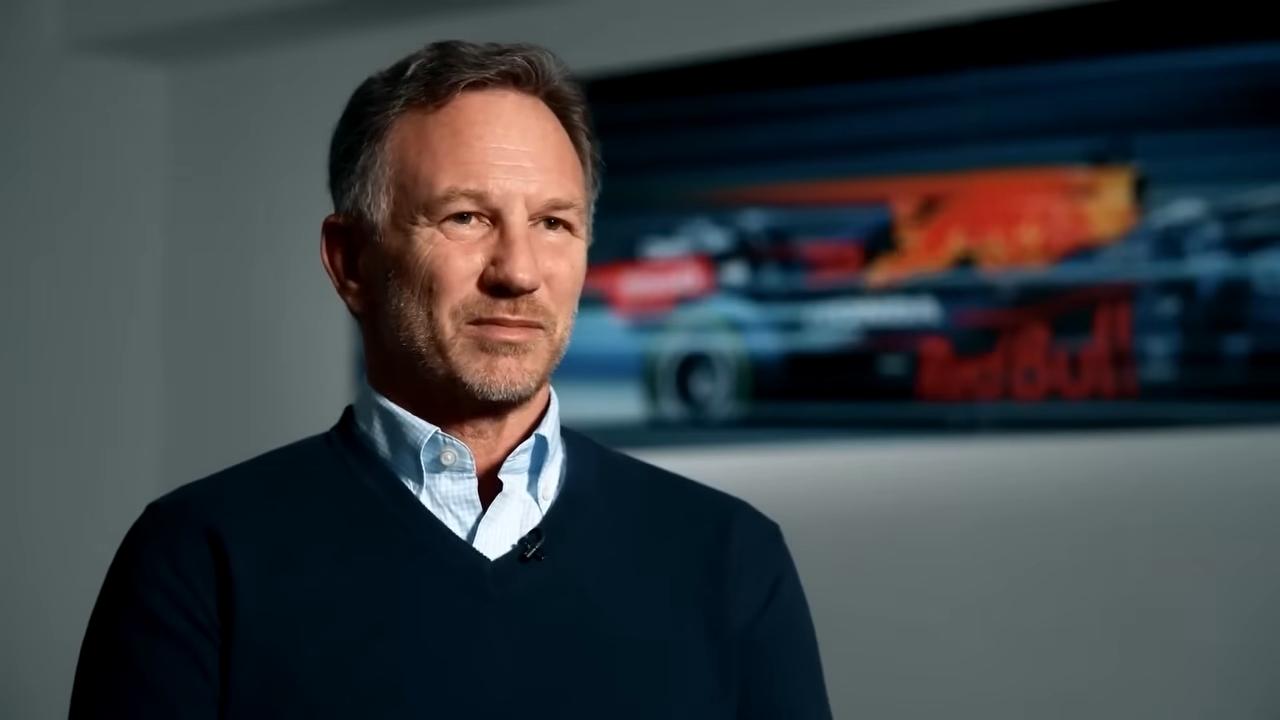
For fans of film and sports, this plot offers a unique opportunity to see how the narratives of entertainment and engineering intersect. Will this new regulation be a visionary act that will redefine Formula 1, or a catastrophe that will force us to turn back the clock?
The only thing that’s certain is that the 2026 season will be an unmissable spectacle . And in this film, everyone—drivers, engineers, and even us viewers—are in the front row.
